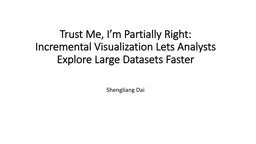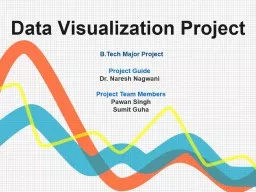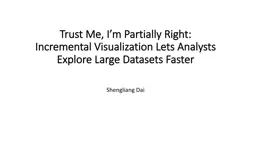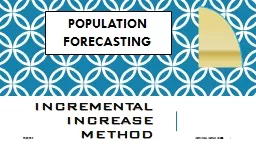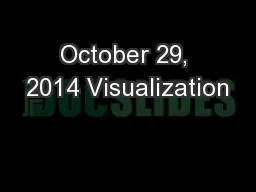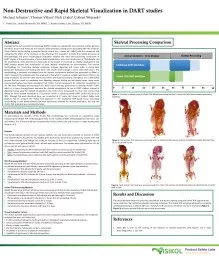PPT-Trust Me, I’m Partially Right: Incremental Visualization
Author : trish-goza | Published Date : 2016-06-13
Shengliang Dai Background Queries over large scale petabyte data bases often mean waiting overnight for a result to come back Scale costs time Potential avenues
Presentation Embed Code
Download Presentation
Download Presentation The PPT/PDF document "Trust Me, I’m Partially Right: Increme..." is the property of its rightful owner. Permission is granted to download and print the materials on this website for personal, non-commercial use only, and to display it on your personal computer provided you do not modify the materials and that you retain all copyright notices contained in the materials. By downloading content from our website, you accept the terms of this agreement.
Trust Me, I’m Partially Right: Incremental Visualization: Transcript
Download Rules Of Document
"Trust Me, I’m Partially Right: Incremental Visualization"The content belongs to its owner. You may download and print it for personal use, without modification, and keep all copyright notices. By downloading, you agree to these terms.
Related Documents

